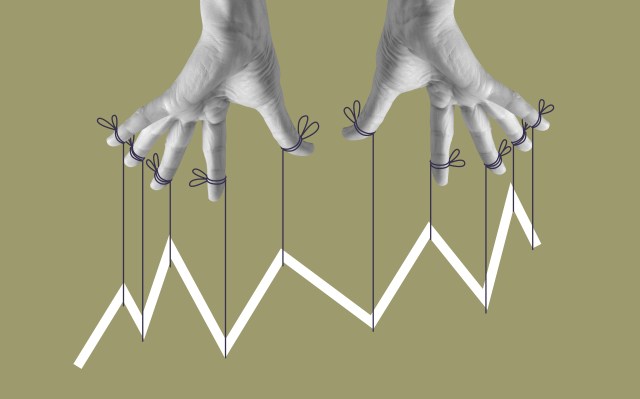Last year’s record-breaking venture funding totals were fueled by crossover investors ranging from hedge funds to private equity firms. When market conditions soured at the beginning of 2022, most people assumed that all the nontraditional venture backers would retreat this year as well.
That hasn’t happened.
As venture capitalists and tourist investors have pulled back, CVCs have continued to grow their presence and stake in venture deals.
According to PitchBook data, CVCs have been involved in 2,275 deals, collectively valued at $81.5 billion, this year through the third quarter. While this year isn’t on track to match 2021’s record CVC participation in terms of capital invested — $151.6 billion — 2022 has already passed 2020’s prior record of $78.1 billion.
But what is most interesting from the Q3 data is the fact that the percentage of deals that include a corporate investor is at a record high so far in 2022. More than a quarter of U.S. venture deals this year, 25.6%, included a corporate backer, up an entire percentage point from 2021.
Lisa Lambert, the chief technology and innovation officer at National Grid and founder and president of National Grid Partners, said these numbers make sense. She said that many CVCs are still looking to be active this year, though as mega-deals and late-stage investing have cooled, they are turning their focus more toward early-stage opportunities, which explains the higher percentage despite lower dollars.
But in a market where corporations are slashing spending to keep cash burn down amid choppy conditions and talk of a recession, why are CVCs keeping their foot on the gas pedal? Lambert said there are quite a few reasons why corporate venture arms are going all-in this year.
For one, she said, the funding percentage is likely going up because the number of corporate venture firms has continued to grow, especially over the last few years. (TechCrunch noted this phenomenon before.) This means there are many new players with fresh funding looking to deploy.
Just in the last year, we have seen big corporations — including The Home Depot, Chipotle, Ulta Beauty and Suzuki — launch venture funds for the first time.
Lambert said that most corporations think of their innovation and venture portions as an arm of the business as opposed to just a side project due to favorable market conditions, so corporate venture teams are still expected to weather the storm regardless of the broader macroeconomics.
“Most companies are looking at [CVC] as a business unit and business units need to be able to perform in a market where valuations are way down,” she said.
This makes sense. If the capital was already set aside for a CVC to invest, there are most likely other areas that would be easier and less disruptive for corporations to cut back on.
These corporate firms also have the capital on hand — not unlike traditional venture firms at the moment, it’s worth noting. But as traditional venture investors pull back for various reasons, it makes it easier for CVCs to access attractive deal flow, so they are capitalizing on buying the dip.
“I grew up in the tech world at Intel, and the CEOs there were always believers in investing in the downturn to come out stronger on the other side,” Lambert said. “I’ve lived that. The opportunity has never been greater.”
Also, CVCs are strategic backers, as opposed to pure-play financial investors, Lambert said. She added that because of this, they still want to make returns on their invested capital, of course, but for CVCs like National Grid Partners, they are more focused on backing the startups that will help future-proof their business.
Needless to say, all of this could change if the economy goes into a deep or long recessionary period. But for now, corporate venture firms will continue to cement their stake in the ground.
“We know we will make it through this inflationary and recessionary period,” Lambert said. “We know that the companies we are investing in during a downturn will come out stronger.”
